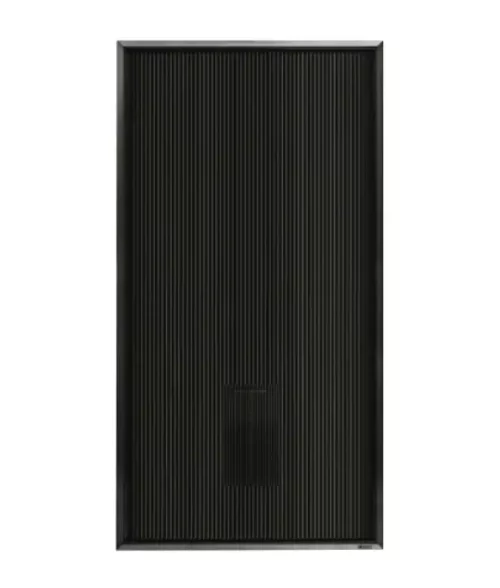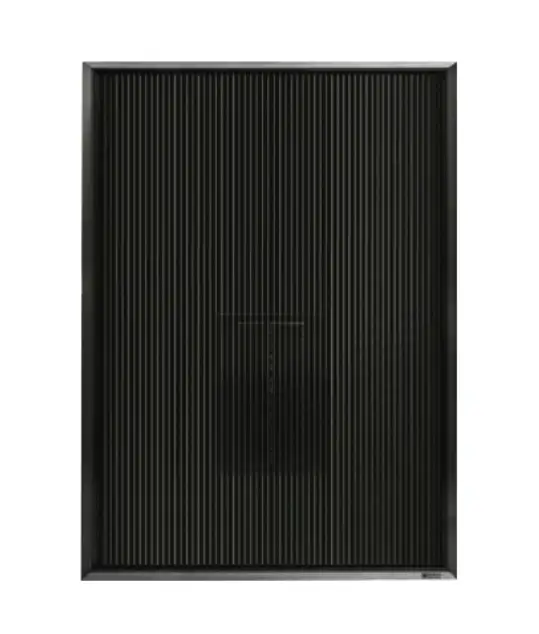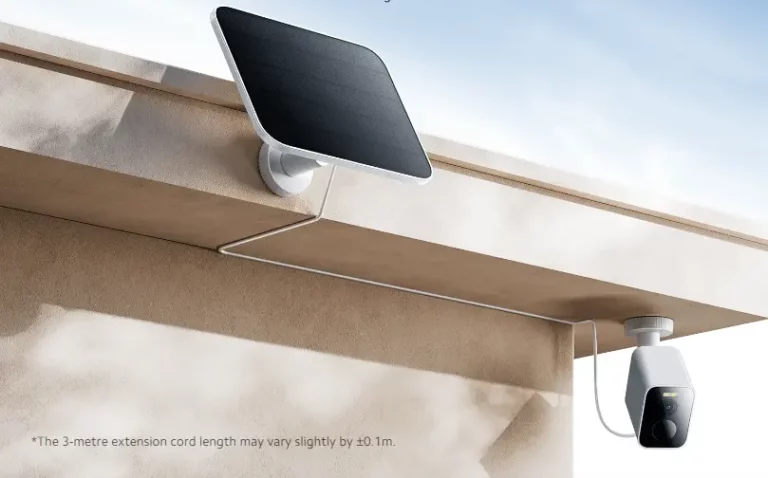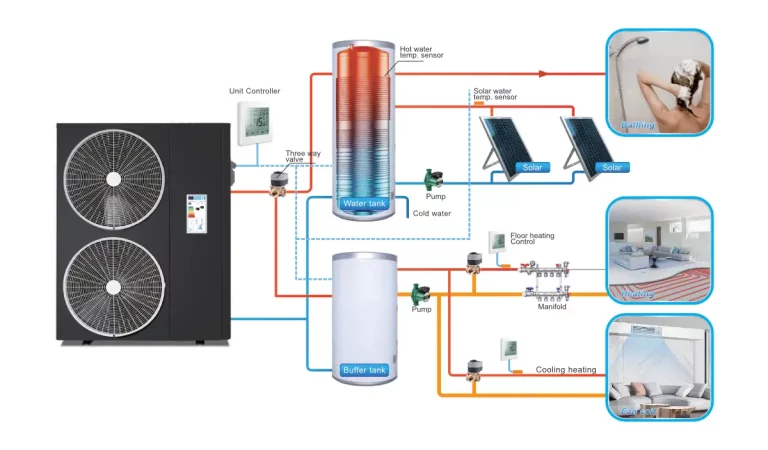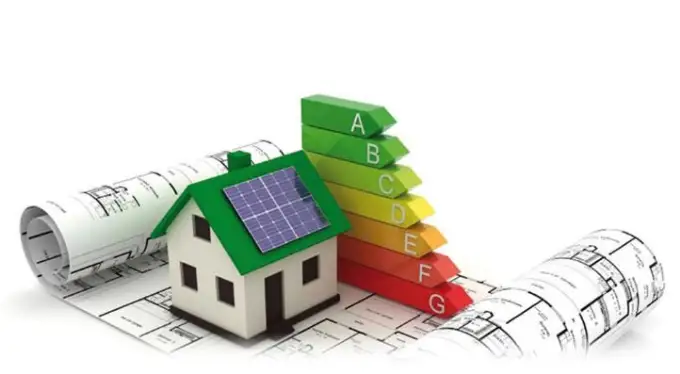Ventilation of the underground in houses: options for solving the problem
For owners of private houses, effective ventilation of the underground is one of the most important tasks, since it is adjacent to the foundation – and this is the foundation of the building. It is exposed to high humidity, temperature changes, and destruction under the influence of climatic conditions.
If you properly ventilate the space between the foundation and the floor, you can minimize the negative consequences of such influence. In addition, the condition of the subfloor directly affects the health of residents – the development of mold, fungal colonies, stagnation of air lead to allergies, lack of oxygen, and a constant unpleasant smell in the rooms.
You can understand whether the basement ventilation system is well organized by paying attention to several signs:
- condensation in the corners and on the floor;
- the appearance of mold;
- persistent feeling of humidity in the rooms;
- the unpleasant smell of stale air.
If at least a few signs are present, pay attention to the ventilation of the space under the floor.
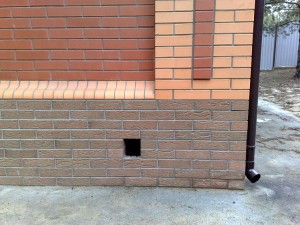
How to properly ventilate the underground in the house?
- The most popular are the so-called “vents” – holes in the foundation that go straight to the street. With proper placement and a small area of the room, they are quite useful, but they have a number of significant drawbacks: the dependence of the quality of ventilation on the temperature difference – in summer the system is less efficient than in the cold season. There is also a need to always monitor the airflow: it is important that the holes do not overgrow from the outside and are not forced by things from the inside. In addition, you will have to close them for the winter with bars to prevent the invasion of rodents and insects.
- Air intakes are special designs located under the skirting boards. They require complex installation, but protect the house from seasonal temperature differences, which is not the case with ventilation through the vents. True, often their traction is not enough for proper ventilation.
- If the house has a stove, an additional channel can be brought out to ensure proper air exchange in the basement. Perhaps this is the most effective method, however, associated with a number of difficulties: dependence on the operation of the furnace, fire hazards, and financial difficulties.
- Ventilation units (for example, a duct system equipped with fans) that, when powered by electricity, provide forced air circulation. Of the advantages of such systems – ventilation does not depend on the vagaries of the weather and effectively protects against all negative consequences. But there are also disadvantages: high costs for providing the system, the risk of short circuits and fires, and inaccessibility in the absence of power lines.
Is it possible to effectively ventilate the underground and save money at the same time?
Technology does not stand still. A modern, environmentally friendly, and convenient solution to the problem is gaining more and more popularity – a solar collector. They are easy to install and maintain, economical, do not depend on electricity, and do not require seasonal prophylaxis and special care while allowing you to effortlessly and costly solve such a primary task for every homeowner as ventilation of the underground. Remember that properly adjusted air exchange will prolong the life of the structure of the house, make storing supplies safe, and make living comfortable at any time of the year, regardless of the vagaries of the weather.

